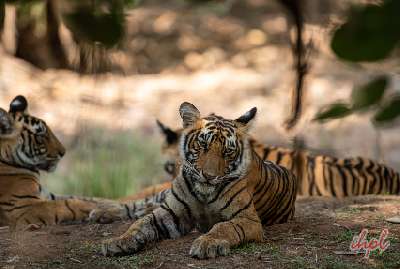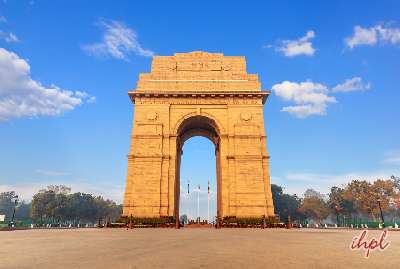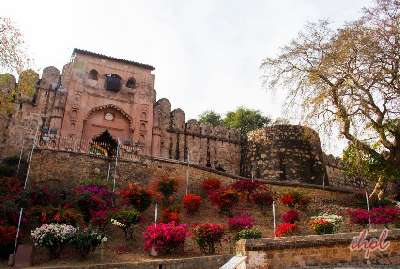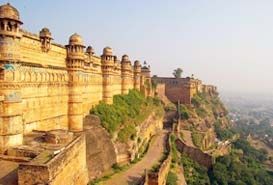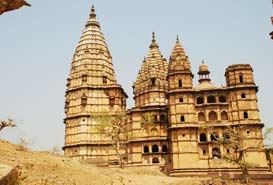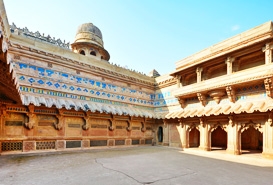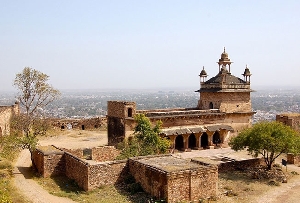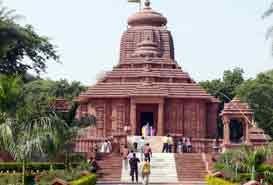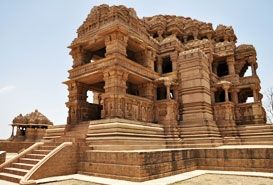One of the most popular tourist attractions of Gwalior, Jai Vilas Palace Museum was erected way back in the year 1874 by Maharaja Jayaji Rao Scindia and its cost amounted to INR 1 crore. Originally built as a palace, it has now been turned into a museum. Designed by Sir Michael Filose, a popular architect of those times, the structure is an example of splendid European architecture clubbed with the first floor being Tuscan, the second being Italian-Doric in style and the third Corinthian in architectural style.
Spread in an area of 12, 40, 771 square feet, the palace has a huge Durbar Hall, beautifully furnished with superb chandeliers, gilt and gold furnishings and a huge carpet. The chandeliers and the gold leaves in the hall are the world’s heaviest. There is a huge dining table with a silver train is a highlight. This mini train is a table trolley which rotates itself on the table in front of diners so that they can pick up food.
The collection at Jai Vilas Palace Museum includes of largest pair of chandeliers in the world, silver carriage, oil painting by Raja Ravi Verma, Malabar furniture, crystal furniture, palki (Palanquin), pooja ghar, Jacobean furniture, Napolean table, miniature paintings, lithograph, royal old photograph, silver train, Chinese pot, clothes and footwear of the royalty, Jain sculpture, Lord Vishnu bronze statue, Balgopal bronze statue, weapons and more.
Explore 10 days Central India train tour package, 4 days Mandu Omkareshwar tour package.
One of the most opulent buildings built then, the museum showcases a collection of objects, artifacts etc belonging in the 19th and 20th century, focusing on art and craft. The collection at the museum has been brought from all around the world. The palace museum also consists of swords that date back to the times of Mughal Emperors Aurangzeb and Shah Jahan. Along with the swords, there is the original shield of Jhansi Ki Rani, Laxmi Bai.
History
The architectural marvel of Jai Vilas Palace is a wonderful combination of Italian, Corinthian and Tuscan architectural styles that was commissioned by Maharaja Jayaji Rao Scindia. A part of the palace is now a museum by late Rajmata Shrimant Vijayaraje Scindia, in the memory of Srimant Jiwajirao Scindia. The museum was opened to public on 12th December in the year 1964.
Check out our packages: Madhya Pradesh tour packages, Ujjain tour packages, Bhopal tour packages, Indore tour packages, Jabalpur tour packages Gwalior tour packages, Omkareshwar tour packages, Orchha tour packages, Mandu tour packages, Pench tour packages.



